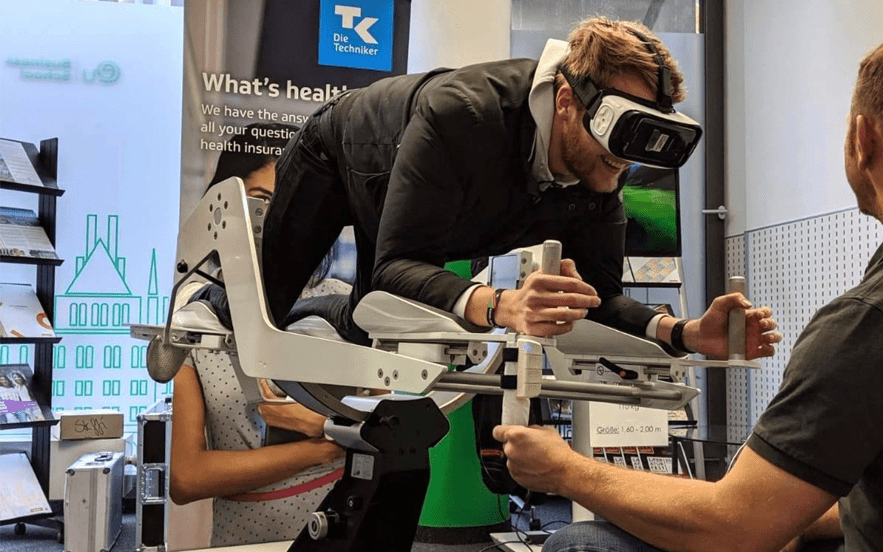From Plato’s description of education for a just society ruled over by philosopher kings in his Republic, to Tom Bentley’s Learning Beyond the Classroom: Education for a Changing World, a lot of work has been dedicated to the semantics of teaching and learning, and in describing the processes involved.
Pedagogy, didactics, teaching, learning, facilitating, training, guiding, and instruction. What are the differences between these terms, and is it as much about the ‘who’ and the ‘why’ as about the ‘what’?
In this article, we will discuss how the process of imparting knowledge – education in its broadest sense – has evolved in recent times to place the learner at the center of the process in schools. We will also discuss how the ‘learning organization’, using Peter Senge’s term from The Fifth Discipline, emphasizes the importance of continuous learning and systems thinking in organizations’ ability to adapt to change.
Teachers and teaching
In a typical classroom in the 1960s, the teacher stood in front of the class (often at a lectern), and desks were arranged in neat rows. Teachers were in charge of the chalk and the blackboard, and students were expected to listen silently as their professors spoke.
Modern classrooms are often equipped with interactive whiteboards linked to a computer and, sometimes to individual student notepads. There is a fundamental reorientation of who the teacher is and what they do: the teacher as facilitator versus information provider.
This shift also has an impact on the relationship between teacher and student. Students at high school level are no longer looking for a knowledge expert; they expect a mentor and guide.
Is there still a role for the traditional teacher? Of course, especially in the junior phases where teachers act as role models and the primary controllers of content delivery. But as teaching increasingly moves away from textbook-based resources, the role is increasingly one of helping learners to connect new knowledge with experiences – in other words, to facilitate learning.
Facilitators and learning
Facilitation is not limited to schools. Learning organizations recognize that employees come to their jobs with significant prior learning, gained through education and experience. The role of the human resource development practitioner is to tap into that prior learning so that it can be shared with the organization.
This is best achieved via a process of strategic facilitation:
1: Strategic Facilitation Process
The strategic facilitation process brings us to the crux of the distinction, and the overlap between teaching and facilitation. The key point is that the focus of acquiring and applying these skills is increasingly on the learner, even at school level.
Learners are required to think, plan and execute learning for themselves, rather than being passive recipients of knowledge contained in a textbook or imparted by a teacher.


Critical and creative thinking
Critical thinking has long been a topic of interest in schools, but it can be challenging to quantify how it is taught or measured. The same applies to creative thinking: perhaps it can be easy to see when a written essay is original, but how do we measure creativity as applied to solving a mathematical equation, or conducting a chemistry experiment?
The perspective can be taken that critical thinking is about analyzing a situation or problem and understanding how issues evolved – looking at it from a systemic perspective as opposed to accepting things at face value.
As such, a ‘good’ teacher encourages students to question what is before them, to adapt what they already know in accordance with new information, and to build on prior knowledge; in other words, to engage fully with the learning process.
Experiential learning
It is clear that there is overlap between the traditional role of the teacher as provider of knowledge, and the facilitator as a guide towards acquiring knowledge and skills. Facilitators are sometimes teachers, but teachers – especially those with more traditional training – sometimes have difficulty ‘letting go’ of their authority and adopting more facilitative approaches to learning.
A key difference is the extent to which the educator promotes student engagement with the subject matter. This is both in terms of methodology (departing from the “chalk and talk” technique) and embracing active student project-based learning, and also in terms of differentiation – recognizing that there are different levels of student ability and knowledge in the class, and providing appropriate levels of access to the learning, while ensuring that all students acquire basic concepts.


Virtual learning
The COVID pandemic has brought long-term changes to the ways in which learning and teaching take place. Students and teachers rapidly became digitally savvy, and gained access to new technology and information resources that would under different circumstances may not have been as accessible.
Almost overnight, teachers became ‘online facilitators’ of learning. Teacher as facilitator is not a COVID-inspired phenomenon, however. The term ‘Teacher-Facilitator’ reached its peak in 1995, potentially inspired by increasing recognition of the importance of student-centered learning environments. Online teacher-facilitators should aim to: encourage active participation, ask questions and listen to students’ responses, encourage group collaboration, link theoretical examples to to real-life scenarios and set clear learning goals for students.


Finding a balance
There is a great deal of overlap between the roles of teacher and facilitator. Although the former is more closely linked to schools and the classroom, and the latter to a corporate training environment, there is a movement – fueled by the rapid changes in learning delivery brought about by COVID – for teachers to shed their authoritative image in favor of becoming guides for learning.
To explore EU Business School’s range of courses in Human Resource Development, go to www.euruni.edu to view their courses: BA (Hons) in Business Management (HR Management), BA (Hons) in Business (HR Management), and MBA in Human Resource Management.















